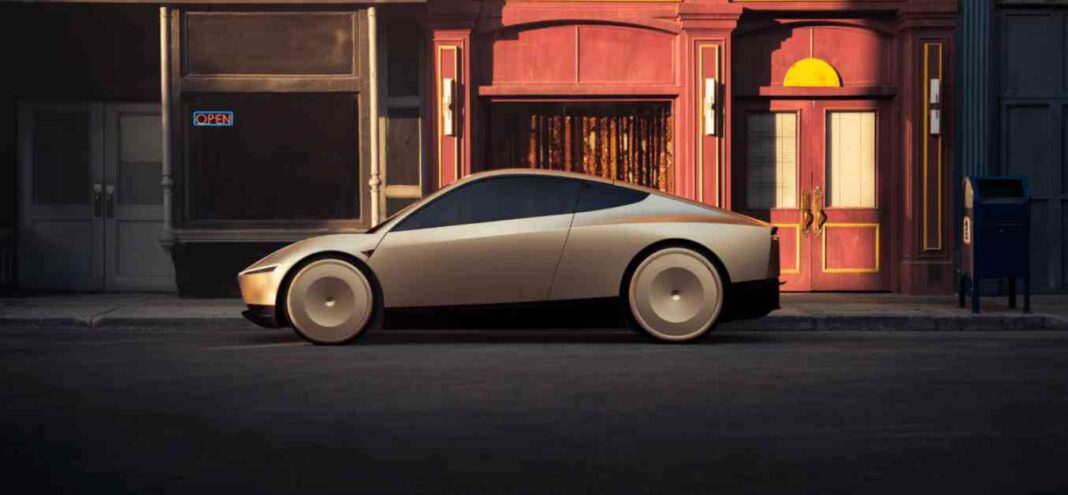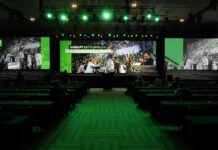Tesla recently unveiled its Cybercab at the “We, Robot” event, showcasing a smaller, sleeker, two-seater version of the Cybertruck. The event, held at the Warner Bros. Discovery studio, featured a lineup of 20 vehicles, much to the delight of Tesla fans.
During the event, Elon Musk, the CEO of Tesla, demonstrated the capabilities of the robotaxi by taking a short drive around the Hollywood studio. He emphasized that the cost of autonomous transport using the Cybercab would be incredibly low, estimating around $0.20 per mile. Musk also announced that the vehicle would be priced below $30,000, making it an affordable option for many.
In addition to the Cybercab, Tesla surprised attendees with the unveiling of the Robovan, an autonomous bus that can accommodate up to 20 passengers as well as goods transportation. Musk also introduced Optimus humanoid robots, envisioning a future where these robots would serve as companions and helpers, priced between $20,000 to $30,000.
The history and context of the robotaxi reveal date back to Tesla’s initial plans to introduce the Cybercab in August, which was later postponed due to design changes. The unveiling is part of Tesla’s commitment to advancing autonomous driving technology, with plans to incorporate a ride-hail app for Tesla’s fleet of robotaxis.
Musk’s long-term vision for Tesla includes a two-pronged approach to autonomous driving, where Tesla-operated robotaxis would run alongside vehicles owned by individuals who can participate in Tesla’s ride-hailing app to generate extra income. The goal is to provide cost-effective transportation options that could potentially be cheaper than public transportation.
However, challenges remain in achieving full self-driving capability, as Tesla’s current Full Self-Driving software relies solely on cameras for environmental perception. Industry experts have pointed out that this vision-only approach may limit the software’s ability to achieve true autonomous driving without human intervention.
Furthermore, regulatory hurdles exist, such as federal safety laws that require steering wheels and pedals in vehicles. Tesla would need to demonstrate the safety and reliability of its autonomous driving technology to gain approval for commercial use. Despite these challenges, Tesla remains committed to pushing the boundaries of autonomous driving technology and reshaping the future of transportation.











